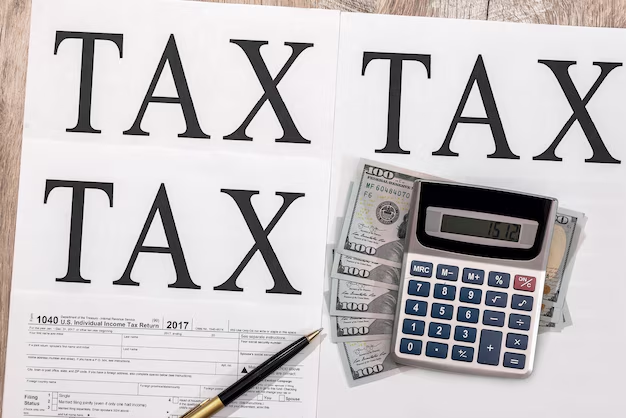Understanding Capital Gains Tax: Here's What You Need to Know
Navigating the world of taxes can feel like a daunting journey filled with percentages, deductions, and the ever-present fine print. Among these, capital gains tax often stands out, especially for those investing in stocks, real estate, or selling valuable assets. But how exactly is this tax calculated, and how much do you need to pay?
What is Capital Gains Tax?
Capital gains tax is applied to the profit you make from the sale of an asset. If you sell an asset for more than you paid for it, the profit—known as a capital gain—is subject to tax. While this may sound straightforward, it’s crucial to understand the different rates and rules that can affect how much you owe.
Long-term vs Short-term Capital Gains
The rate you pay primarily depends on how long you've held the asset:
Short-term capital gains apply to assets held for one year or less. These gains are taxed at your ordinary income tax rate, which can be between 10% and 37%.
Long-term capital gains apply to assets held for more than one year. Tax rates for these are lower, typically 0%, 15%, or 20%, depending on your taxable income.
Determine Your Capital Gains Tax
Calculating your capital gains tax involves knowing:
The holding period of the asset: As mentioned, if held for more than a year, you benefit from lower rates.
Your income level: Your total taxable income determines the specific rate within the lower, middle, or higher end of the long-term capital gains range.
Exemptions and Special Cases
Certain assets qualify for exemptions or reduced rates. For example, if you sell your primary home, you might exclude up to $250,000 of your gain from your income ($500,000 for a married couple filing jointly), if you meet certain conditions.
Investors should also be aware of the Net Investment Income Tax (NIIT), an additional 3.8% tax on investment income, applicable if your income is above $200,000 ($250,000 for those filing jointly).
Maximizing Returns: Financial Tools and Assistance
Understanding tax obligations and leveraging financial tools can significantly impact your financial health:
Government Aid and Financial Tools
Educational Grants📚: These can reduce educational costs, potentially lowering personal debt and allowing for more investment opportunities.
Debt Relief Options💡: Programs are available for managing credit card debt or personal loans, crucial for maintaining a strong financial portfolio.
Credit Card Solutions💳: Choose cards with low interest or balance transfer features to reduce financial burdens.
Investment in IRAs and 401(k)s: Maximize tax-deferred growth. These can also be effective in managing the taxes on your investments over time.
Effective Capital Management
Understanding and leveraging these financial tools can not only aid in managing capital gains taxes but also support broader financial planning. Whether you’re a seasoned investor or just starting to navigate personal finance, it's important to stay informed about the resources and opportunities that can enhance financial security.
Key Takeaways
Tax Planning is Crucial: Advance planning can help minimize your tax liability and allow for smarter investment decisions.
Utilize Available Resources: From government aid to financial assistance, these tools can bolster your financial position.
Here's a quick rundown of financial programs to consider:
- 🏠 Home Sale Exclusion: Reduce tax on primary home sales
- 📚 Educational Grants: Cut educational expenses and increase savings potential
- 💳 Credit Card Solutions: Find cards with beneficial terms to improve credit management
- 💼 Retirement Accounts: Utilize IRAs and 401(k)s for tax-deferred growth
In the ever-changing financial landscape, staying ahead with knowledge and utilizing available resources can make a significant difference in your financial journey. Always consult with a tax professional for personalized advice, especially when managing high-value assets or complex tax situations.
